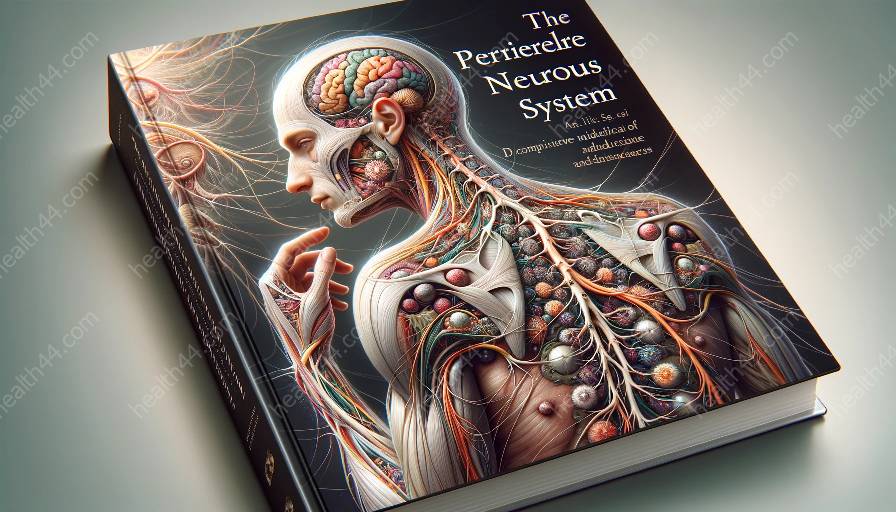The peripheral nervous system is a complex network of nerves that connect the central nervous system to the rest of the body. Understanding the anatomy of peripheral nerves is crucial to comprehending their functions and the impact of any related disorders or injuries. In this comprehensive guide, we will delve into the structure, function, and significance of peripheral nerves.
Structure of Peripheral Nerves
Peripheral nerves are made up of various components that enable them to transmit signals between the brain, spinal cord, and other parts of the body. These components include:
- Nerve Fibers: Peripheral nerves consist of different types of nerve fibers, including sensory, motor, and autonomic fibers. Sensory fibers transmit information from the body to the brain, motor fibers control muscle movement, and autonomic fibers regulate involuntary bodily functions.
- Connective Tissue: Each peripheral nerve is surrounded by connective tissue, which provides support and protection.
- Epineurium, Perineurium, and Endoneurium: These are specialized layers of connective tissue that wrap around and protect the nerve fibers within the peripheral nerve.
Function of Peripheral Nerves
Peripheral nerves play a vital role in facilitating communication between the central nervous system and the body. Some important functions of peripheral nerves include:
- Motor Control: Motor nerves transmit signals from the brain to the muscles, enabling voluntary movement and coordination.
- Sensory Input: Sensory nerves carry information from sensory receptors in the body to the brain, allowing us to perceive sensations such as touch, pain, and temperature.
- Autonomic Regulation: Autonomic nerves control involuntary bodily functions, such as heart rate, digestion, and respiratory rate.
Anatomy and Physiology of Peripheral Nerves
The anatomy and physiology of peripheral nerves are closely intertwined, as the structure of these nerves directly influences their functioning. Nerve impulses travel along the length of a nerve fiber, facilitated by the presence of myelin sheaths, which are produced by specialized cells called Schwann cells. Myelin acts as an insulating layer around the nerve fiber, allowing for rapid and efficient transmission of signals.
Significance of Peripheral Nerves
Peripheral nerves are essential for maintaining the body's homeostasis and ensuring proper communication between the brain and the rest of the body. Any damage or impairment to peripheral nerves can lead to various neurological disorders, such as peripheral neuropathy, which may manifest as sensory loss, muscle weakness, or autonomic dysfunction. Understanding the significance of peripheral nerves can help healthcare professionals diagnose and treat these conditions effectively.
Conclusion
The anatomy of peripheral nerves is a fascinating and integral aspect of the peripheral nervous system. By gaining a deeper understanding of their structure and functions, we can appreciate the complexity of the body's communication network and the profound impact of peripheral nerve disorders. This knowledge is invaluable for healthcare professionals, researchers, and anyone interested in the intricate workings of the human body.































